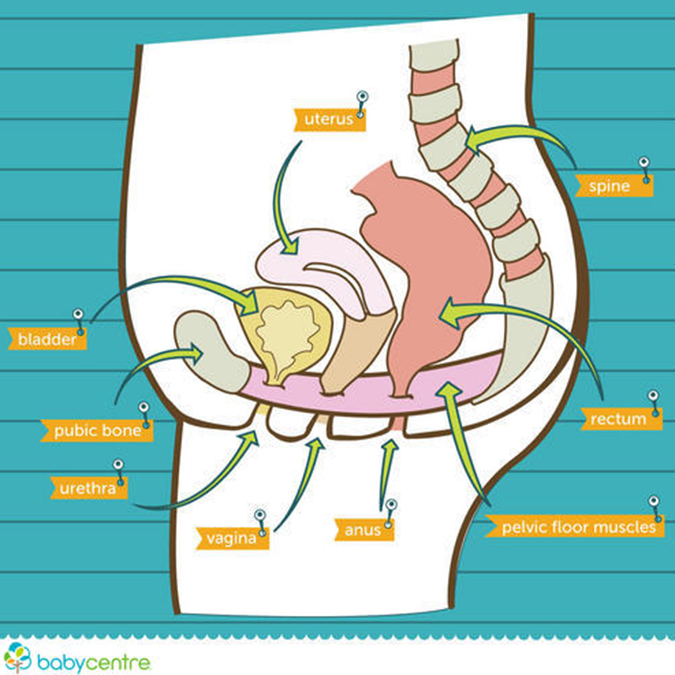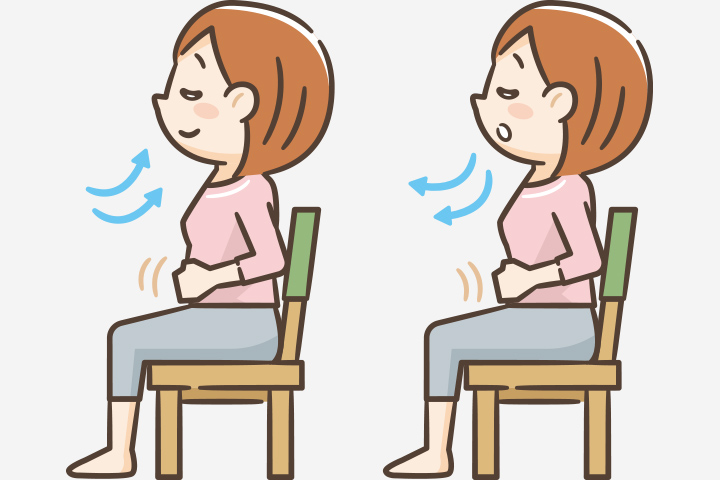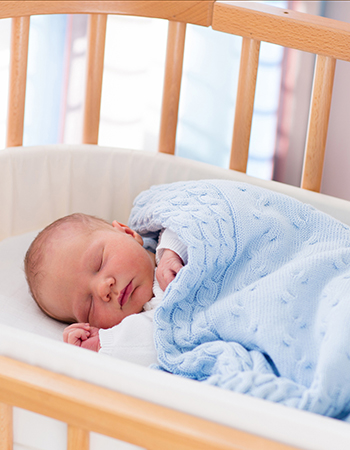Your body: your pelvic floor

After delivery, your your body and pelvic floor feel different. You can have a bruised or swollen feeling in your pelvic floor. Going to the toilet can be different too, it can happen that you can not feel it when you need to pee or have to do a poo or you might not be able to hold your pee or poo properly. These problems are (almost) always temporary! During the last stage of delivery, you will put pressure on your pelvic floor muscles and the ligaments in that area. There is also extra pressure on your urethra, your bladder and rectum. As a result, you may temporarily have a changed feeling in your pelvic floor area after delivery, you will not be able to recognise the signal of a full bladder or full bowels. During delivery, the pelvic floor muscles are stretched, making it more difficult to close the urethra and anus shortly after delivery. This can lead to urine loss, passing wind or even some poo. Stitches can cause some swelling at first. Sometimes your labia feel swollen, it is best to sit on a soft cushion, this pushes the pelvic floor up slightly and provides support.
 During the postnatal period sufficient rest is important for a good recovery. However, you can start practicing pelvic floor exercises to regain control over your muscles as soon as possible.
During the postnatal period sufficient rest is important for a good recovery. However, you can start practicing pelvic floor exercises to regain control over your muscles as soon as possible.
Squeeze and lift your pelvic floor muscles. Tighten the pelvic floor by trying to pull in the vagina and the anus, make sure to properly relax the muscles after the exercise.
Do not start intensive training of the abdominal muscles until 6 weeks after birth. You can already start exercising the transverse abdominal muscle. You do this by pulling your navel inwards slightly whilst breathing out, as if you want to close the zipper of a tight pair of pants.
Pelvic floor complaints after delivery
If you suffer from pelvic or pelvic floor complaints, it is important that you ask yourself the following questions:
- Do you have problems such as leaking urine or increased or frequent urge for a wee?
- Do you have problems doing a poo, passing wind or controlling this?
- Do you have pain in the pelvic floor area during sex (if you are already ready for this)?
- Do you have a heaviness in the vagina or lower abdomen?
- Do you have pain in the pelvic area or perineum, around the pubic bone or in the lower back?
If you recognise one of these complaints, it does not mean that something has been damaged for ever. With the right help your complaints can disappear.
If you experience pain, this is what you can do:
- Let someone else do the heavier household and care activities, your pelvis and pelvic floor needs time to recover.
- To give your pelvis a rest the best thing to do is lying down instead of sitting. Try to avoid climbing stairs as much as possible.
- Try to keep moving, but listen to your body and rest every now and then when it’s needed.
If you have doubts or persistent complaints, contact a (registered) physiotherapist trained in pelvic rehabilitation or call us for an address of a physiotherapist trained in pelvic rehabilitation.

